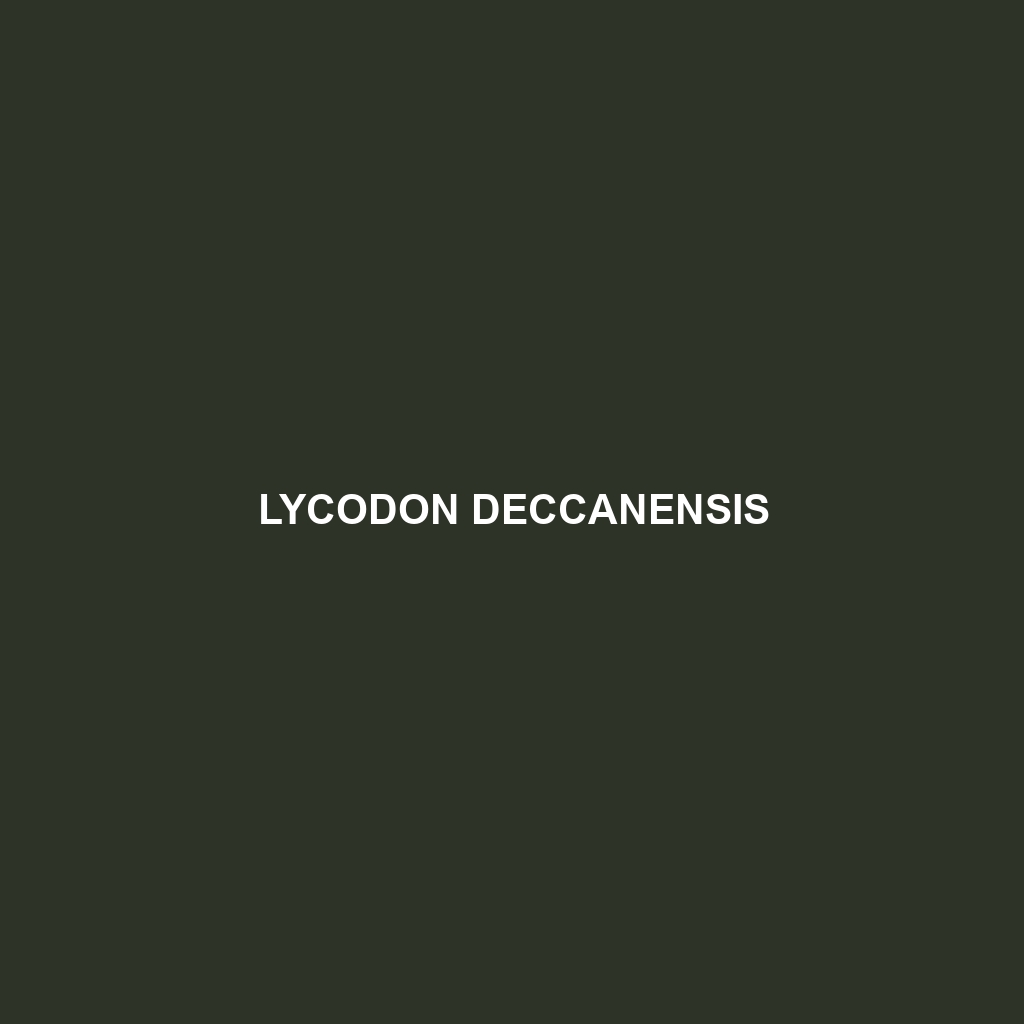<p><b>Sitana devakai</b>, commonly found in tropical southern India, is a medium-sized, insectivorous lizard known for its elongated body, flattened head, and distinctive throat flaps. Thriving in diverse habitats, this species plays a crucial role in pest control and maintains ecological balance through its foraging behavior.</p>
Tag: Indian Wildlife
Sitana devakai
<p><b>Sitana devakai</b>, commonly found in tropical southern India, is a medium-sized, insectivorous lizard known for its elongated body, flattened head, and distinctive throat flaps. Thriving in diverse habitats, this species plays a crucial role in pest control and maintains ecological balance through its foraging behavior.</p>
Python molurus
Discover the Indian Python (Python molurus) - a stunning non-venomous constrictor known for its impressive length of 10 to 20 feet and unique coloration featuring dark brown, yellow, and black markings. Primarily found in diverse habitats across the Indian subcontinent, this nocturnal predator plays a vital role in maintaining ecosystem balance by regulating mammal and bird populations.
Python molurus
Discover the Indian Python (Python molurus) - a stunning non-venomous constrictor known for its impressive length of 10 to 20 feet and unique coloration featuring dark brown, yellow, and black markings. Primarily found in diverse habitats across the Indian subcontinent, this nocturnal predator plays a vital role in maintaining ecosystem balance by regulating mammal and bird populations.
Naja naja
Naja naja, commonly known as the Indian cobra, is a striking serpent native to the Indian subcontinent, recognized for its broad hood and distinctive eye patterns. This nocturnal predator thrives in diverse habitats, primarily preying on small mammals, birds, and reptiles, while playing a vital role in maintaining ecological balance.
Melanophidium wynaudense
The Melanophidium wynaudense, or Wynaad club-headed snake, is a medium-sized, nocturnal serpent native to the Western Ghats of India, distinguished by its striking black and yellow patterning. This species plays a vital ecological role as both predator and prey, primarily feeding on small rodents and amphibians while thriving in moist forest habitats.
Melanochelys trijuga
<b>Melanochelys trijuga</b>, or the Indian black turtle, is a semi-aquatic species native to India and Southeast Asia, characterized by its dark brown to black shell and strong webbed limbs. This omnivorous turtle thrives in freshwater habitats, plays a crucial role in the ecosystem, and is currently classified as 'Vulnerable' due to habitat loss and other environmental threats.
Lycodon deccanensis
<b>Lycodon deccanensis</b>, commonly found in the Deccan Plateau of India, is a slender, non-venomous snake measuring 1 to 1.5 meters in length, characterized by its smooth, glossy scales ranging from light brown to olive green. Primarily nocturnal and an opportunistic feeder, it plays a vital role in controlling insect populations while serving as prey for larger predators.
Lissemys punctata
Discover the Lissemys punctata, also known as the Indian Pond Turtle or Stripe-necked Turtle, a vulnerable species native to the Indian subcontinent, thriving in freshwater marshes and ponds. Recognizable by its broad, dark shell and distinctive yellow neck stripes, this nocturnal omnivore plays a crucial role in balancing its aquatic ecosystem.
Japalura kumaonensis
<p><b>Japalura kumaonensis</b> is a striking lizard native to the temperate forests of the Kumaon region in India, known for its unique coloration and adaptability to rocky, humid habitats. This insectivorous species exhibits fascinating behaviors, including territorial displays and an ability to navigate steep surfaces, playing a vital role in maintaining ecological balance.</p>









